Expertise
Coronary Angiography
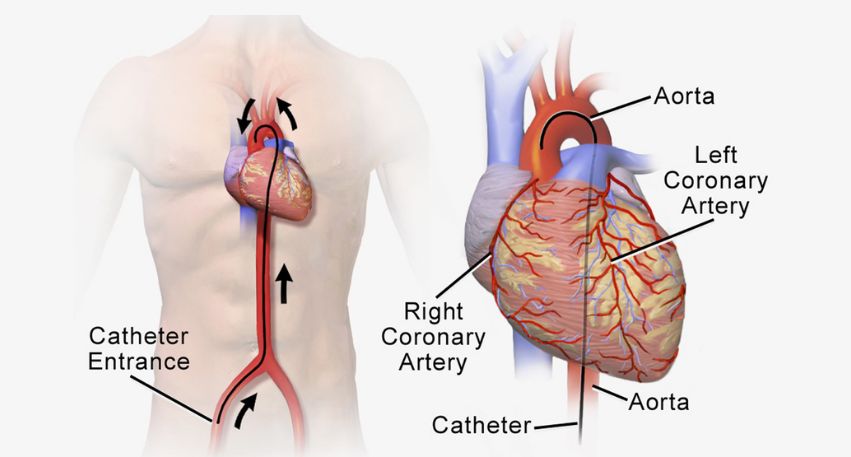
The heart pumps blood to every part of the body. The heart, on the other hand, need blood in order to function. Coronary arteries are three blood channels that supply blood to the heart. Coronary artery disease can be caused by a blockage in these arteries.
Coronary angiography is a medical imaging procedure that involves the use of X-ray equipment to scan the heart. This test produces an image of all three coronary arteries, as well as any constriction within them and their branches.
A powerful X-ray machine known as a cardiac catheterization machine is used in a dedicated room known as a cardiac catheterization laboratory to perform the process.
Coronary Angioplasty
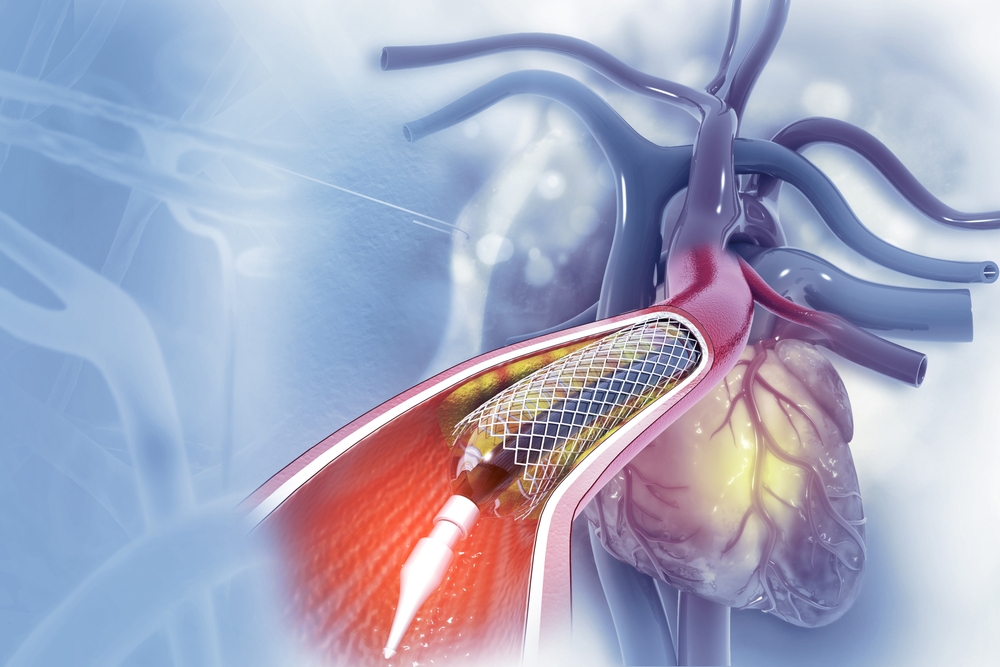
The procedure of angioplasty is minimally invasive and involves either balloon or stent to stretch open the blocked arteries. However, the stent procedure is the most common of all procedures and adopted by our doctors.
Angioplasty helps to widen the blocked arteries that can be troublesome for the longer run. After the procedure, the blood runs freely inside the heart without interferences as the blockages are easily removed.
Most cardiologist in New Delhi refers to angioplasty as percutaneous trans luminal coronary angioplasty (PTCA). With stent, angioplasty becomes PCA (percutaneous coronary intervention).
Pacemaker Implantation
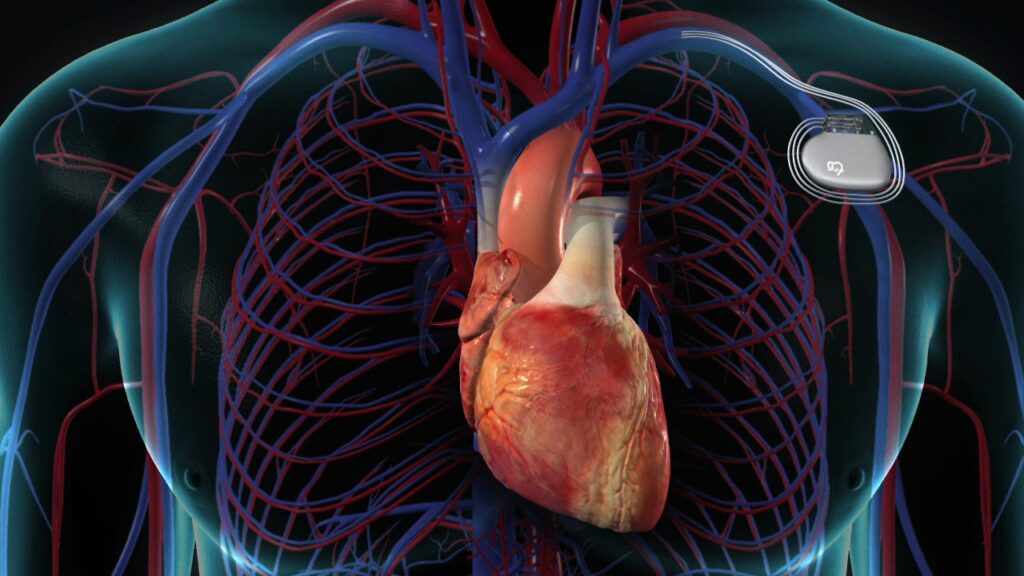
A pacemaker is a small device that’s placed in the chest below the collar bone with wires going into the heart. It helps bring heart rate to normal in people with a very slow heart rate.
Pacemakers can be temporary or permanent.
Temporary pacemakers are used when slow heart rate is due to short-term heart problem, such as following a heart attack, due to medicine overdose or if serum potassium levels become high. They are also inserted in patients awaiting a permanent pacemaker.
Permanent pacemakers are used to control long-term slow heart rhythm problems.
Heart Failure Management

The heart is a muscular valve that pumps blood to various regions of the body. Heart failure occurs when the heart’s pump gets weak and the heart is unable to pump the amount of blood that the body requires.
When a person has heart failure, he will have trouble breathing when exerting himself and, later on, even when at rest. An abrupt increase in weight could be a symptom of heart failure. Swelling in the ankles and legs is another common symptom of heart failure.
Control your weight – Your heart has to work harder to give blood and oxygen to your body if you are overweight.
AICD Implantation
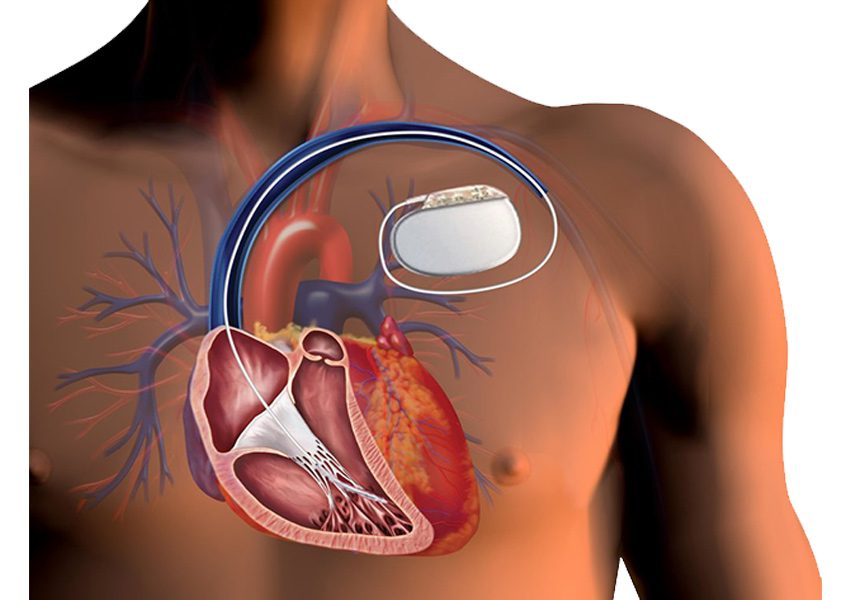
An AICD, which is a tiny device that delivers a shock to the heart, is used when the heart begins to beat very quickly and has an irregular rhythm known as ventricular tachycardia or ventricular fibrillation.
The AICD is commonly implanted in the upper chest under the skin. A pulse generator, which can deliver an electric signal or a shockwave to the heart, is part of the AICD system. Pacing leads are wires that give a shock to the heart tissue.
AICDs are typically inserted under local anaesthetic right beneath the collarbone on the left side.
The technique is identical for pacemaker insertion .
Cardiac Catheterization
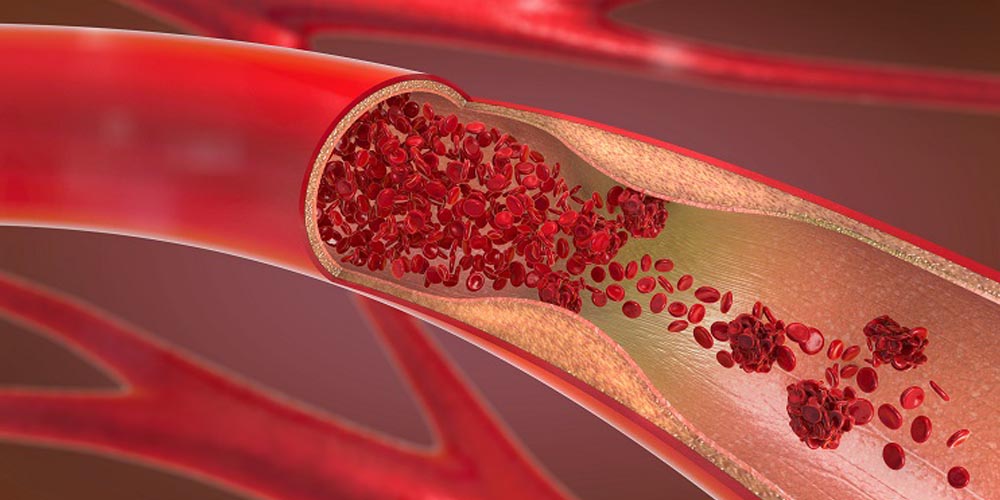
Cardiac catheterization involves our doctors inserting a small and flexible catheter tube inside the blood vessel of patient. The tube goes from the blood vessel to the aorta and then to the heart.
Once the placement of the catheter tube happens, doctors perform several tests further. The doctor may check the pressure of the heart on different chambers through a catheter tube.
There are different ways in which our doctors perform Cardiac catheterization in Max Super Speciality Hospital New Delhi. Our specialists may go for other surgical methods such as stent implantation.
Transcatheter Aortic Valve Replacement (TAVR)
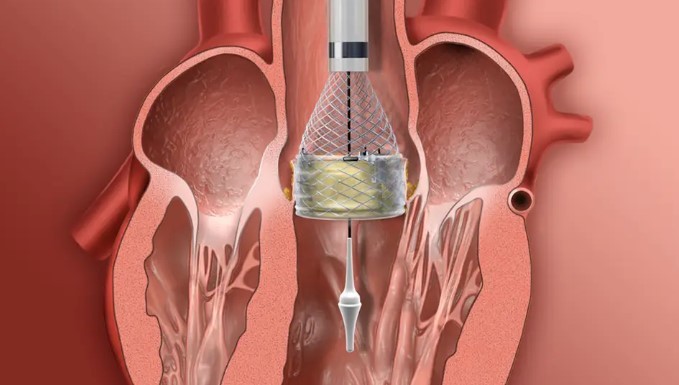
If you’ve recently been diagnosed with severe aortic stenosis, which means your heart’s aortic valve isn’t opening properly, you could feel overwhelmed. Until today, the only option was to have the valve surgically replaced. The good news is that Trans catheter aortic valve replacement is a less invasive treatment option for severe aortic stenosis. The majorities of patients who receive treatment recover quickly and go on to enjoy full and productive lives. Here’s all you need to know about valve replacement.
Aortic valve replacement via Tran’s catheter is a minimally invasive surgical method that replaces the valve without the need for surgery or an incision.
Aneurysm Of The Aorta
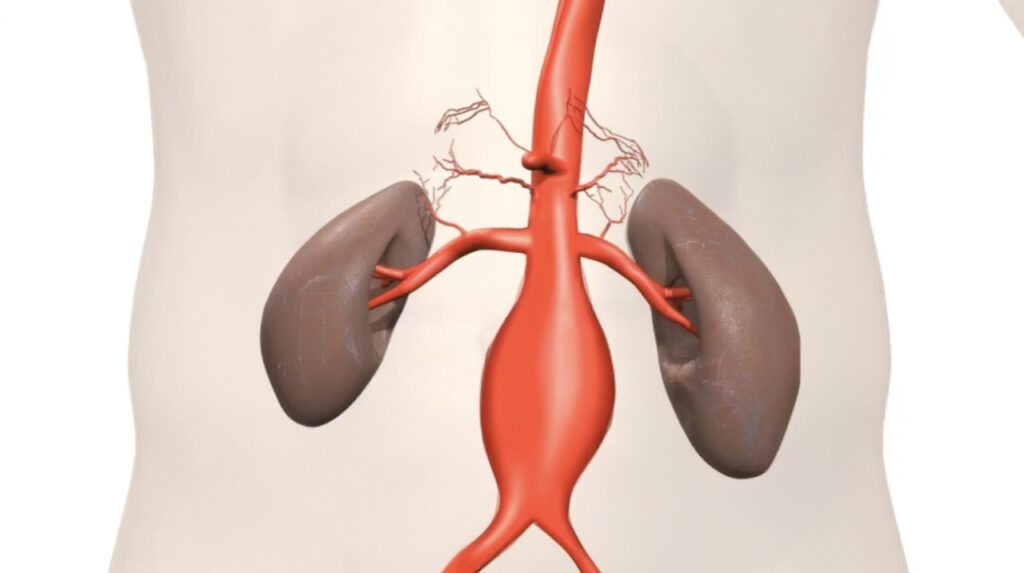
The primary channel that transports blood from the heart to all regions of the body is the aorta. Blood is forced into the aorta with each heartbeat, and its wall extends and then relaxes after supplying blood to all of the body’s organs. Due to the pulsatile nature of blood in the aorta, there is pressure on its wall, which can bulge at points of weakness, causing aortic aneurysm (ballooning of the aortic wall). If the aneurysm ruptures or leaks, it might have significant implications.
This is a significant issue that, if left unaddressed, might have disastrous consequences.
Arrhythmic Heart Disease
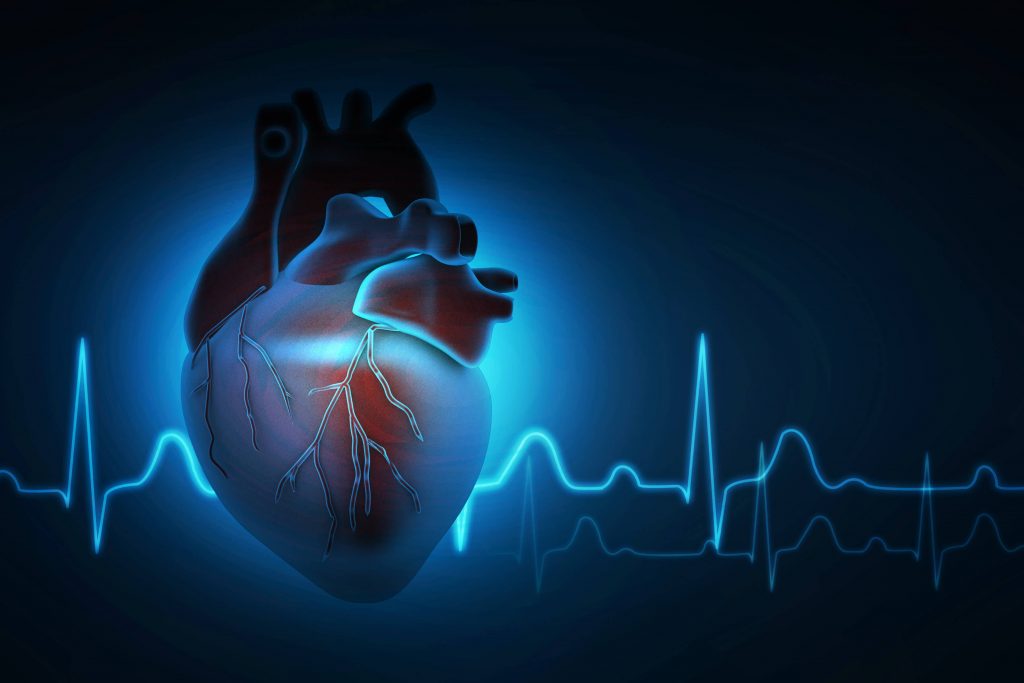
The heart is divided into four chambers that contract and relax in unison. The heart has a conduction system that sends electrical impulses to each chamber to regulate this. This system also controls the rate at which your heart beats, which ranges from 60 to 100 times per minute in a resting normal individual. Arrhythmic heart disease occurs when the rhythm of your heartbeat is disrupted.
We should endeavor to find the root of the problem and correct it. Medication may assist with mild symptoms. However, if the condition is severe, an electrophysiology investigation may be required to decide if the patient requires radiofrequency ablation/AICD device implantation (for fast heartbeats) or a pacemaker (for slow heartbeats).
Balloon Valvotomy
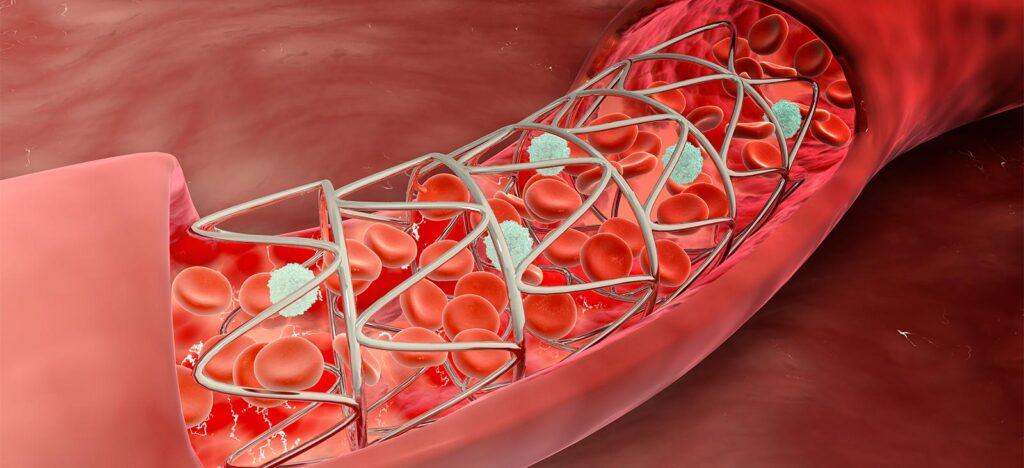
The balloon valvotomy procedure is performed on the heart valves (i.e. mitral, tricuspid, aortic or pulmonary) for increasing the opening of a narrowed or blocked valve. The heart valve narrowing makes it harder for the heart to pump blood to the lungs or to the body. Treatment will depend on how severe your condition and symptoms are, in early stages monitoring and medications are enough. When condition progresses than either open heart surgery or Balloon valvotomy may be needed.
- Minimal invasive technique
- Immediate improvement in symptoms.
- Procedure offers lower risk of complications than an open-heart surgery
Congenital Heart Disease
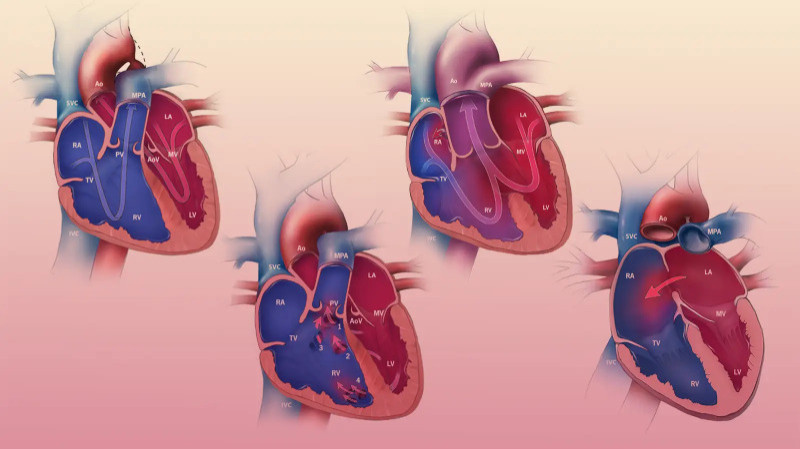
Some of the most serious health issues have existed since the day you were born. Congenital cardiac disease is one of them. If left untreated, this condition can cause damage to your heart’s walls, valves, and blood arteries.
However, signs of this. Treatment with Dr. should begin as soon as the above-mentioned symptoms appear. When a child’s heart rate is erratic, it is preferable to treat them with drugs. The flow of blood from the heart can also be controlled by implantable cardiac devices. Furthermore, if the consequences are severe, an open heart surgery or a heart transplant is required.
Breathing difficulties, followed by chest pain, are common symptoms at the time of birth.
Electrophysiology
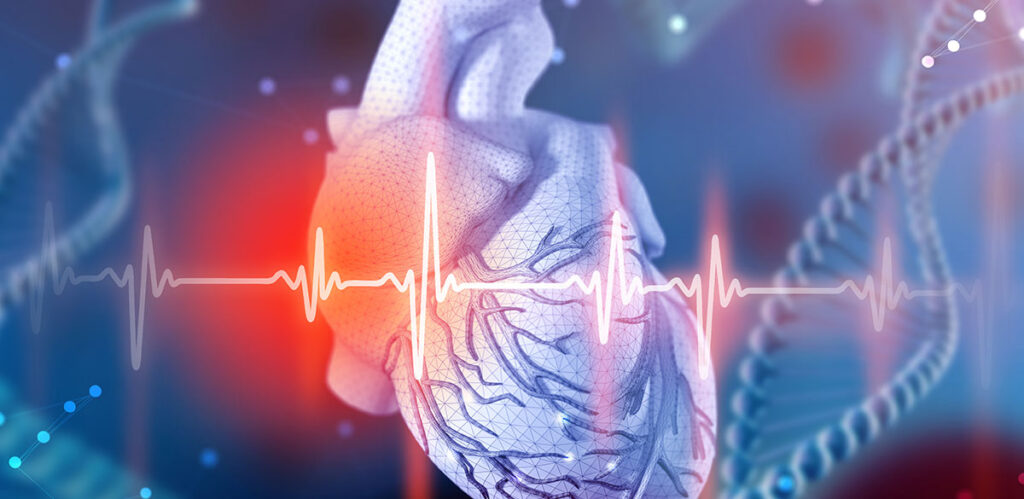
Catheters and wire electrodes that measure electrical activity are inserted into blood arteries that enter the heart during the test.
An EP study is a procedure that detects irregular cardiac rhythms. It normally takes one to two hours to complete. However, if other therapies, such as catheter ablation, are performed at the same time, it may take longer.
If performed for bradycardia (slow heart rate), it reveals the cause of the bradycardia as well as if the patient requires a lifelong pacemaker device.
If done for tachycardia (a rapid heart rate), it will diagnose the problem and direct us to the appropriate treatment. Medication is one option for treatment for catheter ablation and AICD implantation.
Intravascular Lithotripsy
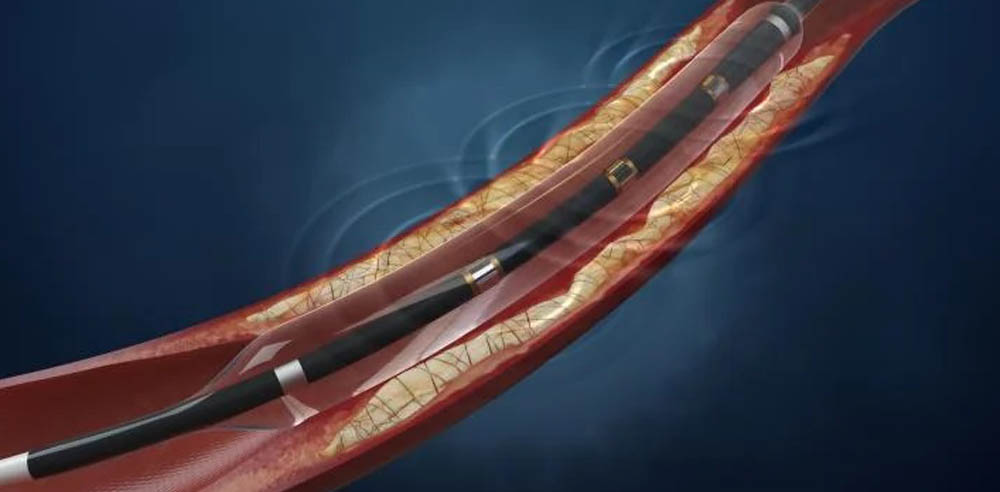
IVL is a technology derived from renal lithotripsy (a technique used to split kidney stones), in which numerous transmitters positioned on a conventional balloon catheter provide pulsatile energy to pulverise the calcified plaque while minimising vessel injury.
To dissolve the calcium in the plaque, IVL technology sends pulsatile sound pressure waves into the cardiac arteries. These waves interact with high-density calcium selectively and break it down without causing injury to cardiac tissue.
IVL is used to treat very difficult calcium-rich obstructions. The operation is almost immediately effective, and it is followed by coronary angioplasty and stenting. This is a different procedure than rotational atherectomy.
Septal Closure Procedure
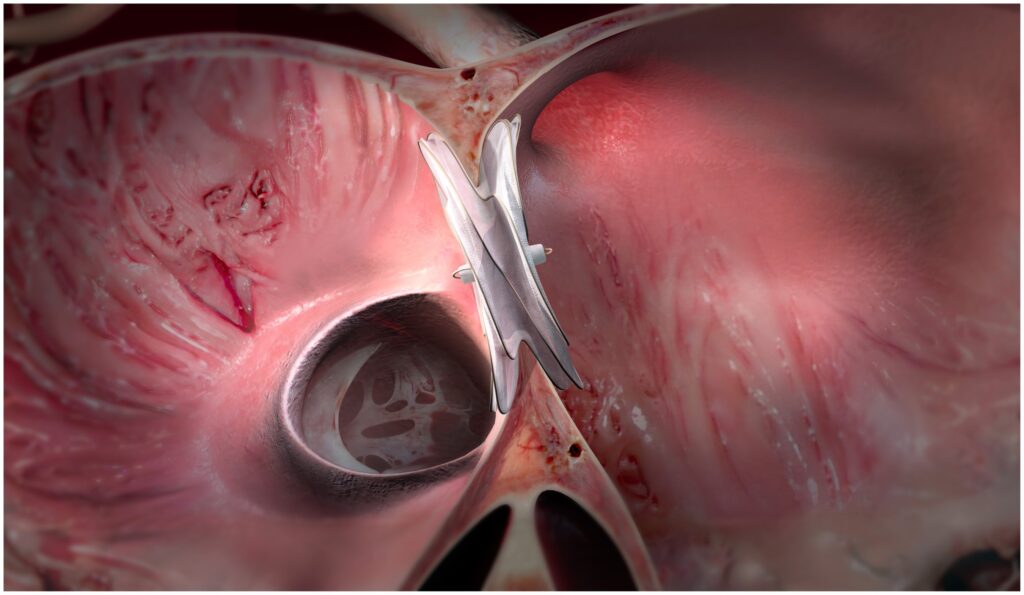
To comprehend septal problems, we must first understand the underlying structure of the human heart. The human heart is divided into four chambers: the right and left upper chambers, known as the “atrium,” and the right and left lower chambers, known as the “ventricle.” The right and left compartments are separated by a “septum” wall. The left side of the heart is dedicated to pumping blood to the body, while the right side is dedicated to pumping blood to the lungs. A septal defect is a hole in the septum that allows blood to flow from the left to the right chambers. Atrial septal defect (ASD) and ventricular septal defect (VSD) are the two forms (VSD).
Many children are born with a small hole between their atria, which closes within a few weeks. The disorder is known as atrial septal defect if it fails to close.

Coronary Angiography
The heart pumps blood to every part of the body. The heart, on the other hand, need blood in order to function. Coronary arteries are three blood channels that supply blood to the heart. Coronary artery disease can be caused by a blockage in these arteries.
Coronary angiography is a medical imaging procedure that involves the use of X-ray equipment to scan the heart. This test produces an image of all three coronary arteries, as well as any constriction within them and their branches.
A powerful X-ray machine known as a cardiac catheterization machine is used in a dedicated room known as a cardiac catheterization laboratory to perform the process.

Coronary Angioplasty
The procedure of angioplasty is minimally invasive and involves either balloon or stent to stretch open the blocked arteries. However, the stent procedure is the most common of all procedures and adopted by our doctors.
Angioplasty helps to widen the blocked arteries that can be troublesome for the longer run. After the procedure, the blood runs freely inside the heart without interferences as the blockages are easily removed.
Most cardiologist in New Delhi refers to angioplasty as percutaneous trans luminal coronary angioplasty (PTCA). With stent, angioplasty becomes PCA (percutaneous coronary intervention).

Pacemaker Implantation
A pacemaker is a small device that’s placed in the chest below the collar bone with wires going into the heart. It helps bring heart rate to normal in people with a very slow heart rate.
Pacemakers can be temporary or permanent.
Temporary pacemakers are used when slow heart rate is due to short-term heart problem, such as following a heart attack, due to medicine overdose or if serum potassium levels become high. They are also inserted in patients awaiting a permanent pacemaker.
Permanent pacemakers are used to control long-term slow heart rhythm problems.

AICD Implantation
An AICD, which is a tiny device that delivers a shock to the heart, is used when the heart begins to beat very quickly and has an irregular rhythm known as ventricular tachycardia or ventricular fibrillation. The AICD is commonly implanted in the upper chest under the skin.
A pulse generator, which can deliver an electric signal or a shockwave to the heart, is part of the AICD system. Pacing leads are wires that give a shock to the heart tissue.
AICDs are typically inserted under local anaesthetic right beneath the collarbone on the left side. The technique is identical for pacemaker insertion .

Heart Failure Management
The heart is a muscular valve that pumps blood to various regions of the body. Heart failure occurs when the heart’s pump gets weak and the heart is unable to pump the amount of blood that the body requires.
When a person has heart failure, he will have trouble breathing when exerting himself and, later on, even when at rest. An abrupt increase in weight could be a symptom of heart failure. Swelling in the ankles and legs is another common symptom of heart failure.
Control your weight – Your heart has to work harder to give blood and oxygen to your body if you are overweight.

TAVR
If you’ve recently been diagnosed with severe aortic stenosis, which means your heart’s aortic valve isn’t opening properly, you could feel overwhelmed. Until today, the only option was to have the valve surgically replaced. The good news is that Trans catheter aortic valve replacement is a less invasive treatment option for severe aortic stenosis. The majorities of patients who receive treatment recover quickly and go on to enjoy full and productive lives. Here’s all you need to know about valve replacement.
Aortic valve replacement via Tran’s catheter is a minimally invasive surgical method that replaces the valve without the need for surgery or an incision.

Cardiac Catheterization
Cardiac catheterization involves our doctors inserting a small and flexible catheter tube inside the blood vessel of patient. The tube goes from the blood vessel to the aorta and then to the heart.
Once the placement of the catheter tube happens, doctors perform several tests further. The doctor may check the pressure of the heart on different chambers through a catheter tube.
There are different ways in which our doctors perform Cardiac catheterization in Max Super Speciality Hospital New Delhi. Our specialists may go for other surgical methods such as stent implantation.
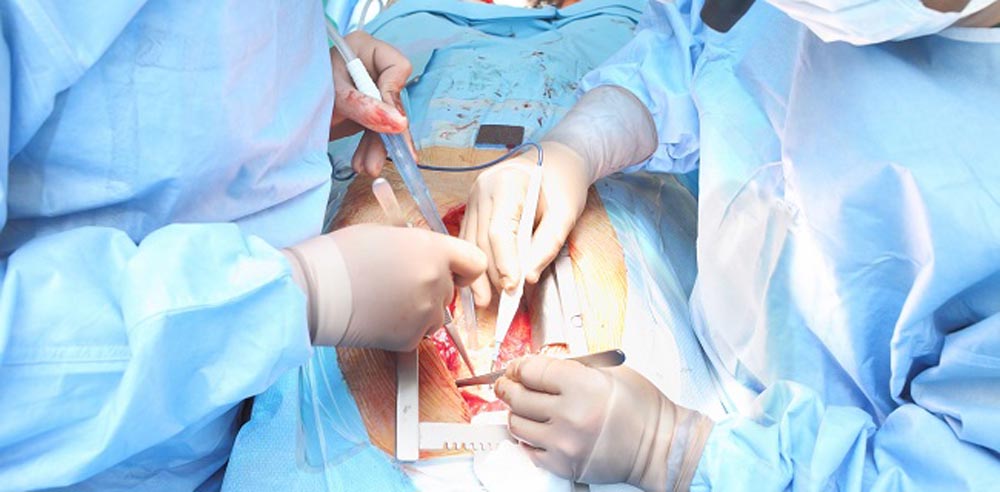
CABG
Coronary Artery Bypass Graft (CABG) helps in fixing the problem of CAD (Coronary artery diseases). This procedure acts as a diversion for the clogged arteries that are unable to supply blood to different body parts.
A human body consists of the left and right coronary arteries. However, as time passes, these arteries become quite narrow. Sometimes, there is a buildup of the fatty substance known as plague. Most of the patient even suffers from atherosclerosis have CAD (Coronary Artery Diseases).
It is proven that CABG reduces the chances of the patient having a heart attack.

Aneurysm Of The Aorta
The primary channel that transports blood from the heart to all regions of the body is the aorta. Blood is forced into the aorta with each heartbeat, and its wall extends and then relaxes after supplying blood to all of the body’s organs. Due to the pulsatile nature of blood in the aorta, there is pressure on its wall, which can bulge at points of weakness, causing aortic aneurysm (ballooning of the aortic wall). If the aneurysm ruptures or leaks, it might have significant implications.
This is a significant issue that, if left unaddressed, might have disastrous consequences.

Arrhythmic Heart Disease
The heart is divided into four chambers that contract and relax in unison. The heart has a conduction system that sends electrical impulses to each chamber to regulate this. This system also controls the rate at which your heart beats, which ranges from 60 to 100 times per minute in a resting normal individual. Arrhythmic heart disease occurs when the rhythm of your heartbeat is disrupted.
We should endeavor to find the root of the problem and correct it. Medication may assist with mild symptoms. However, if the condition is severe, an electrophysiology investigation may be required to decide if the patient requires radiofrequency ablation/AICD device implantation (for fast heartbeats) or a pacemaker (for slow heartbeats).

Balloon Valvotomy
The balloon valvotomy procedure is performed on the heart valves (i.e. mitral, tricuspid, aortic or pulmonary) for increasing the opening of a narrowed or blocked valve. The heart valve narrowing makes it harder for the heart to pump blood to the lungs or to the body. Treatment will depend on how severe your condition and symptoms are, in early stages monitoring and medications are enough. When condition progresses than either open heart surgery or Balloon valvotomy may be needed.
- Minimal invasive technique
- Immediate improvement in symptoms.
- Procedure offers lower risk of complications than an open-heart surgery

Congenital Heart Disease
Some of the most serious health issues have existed since the day you were born. Congenital cardiac disease is one of them. If left untreated, this condition can cause damage to your heart’s walls, valves, and blood arteries.
However, signs of this. Treatment with Dr. should begin as soon as the above-mentioned symptoms appear. When a child’s heart rate is erratic, it is preferable to treat them with drugs. The flow of blood from the heart can also be controlled by implantable cardiac devices. Furthermore, if the consequences are severe, an open heart surgery or a heart transplant is required.
Breathing difficulties, followed by chest pain, are common symptoms at the time of birth.

Electrophysiology
Catheters and wire electrodes that measure electrical activity are inserted into blood arteries that enter the heart during the test.
An EP study is a procedure that detects irregular cardiac rhythms. It normally takes one to two hours to complete. However, if other therapies, such as catheter ablation, are performed at the same time, it may take longer.
If performed for bradycardia (slow heart rate), it reveals the cause of the bradycardia as well as if the patient requires a lifelong pacemaker device.
If done for tachycardia (a rapid heart rate), it will diagnose the problem and direct us to the appropriate treatment. Medication is one option for treatment for catheter ablation and AICD implantation.

Intravascular Lithotripsy
IVL is a technology derived from renal lithotripsy (a technique used to split kidney stones), in which numerous transmitters positioned on a conventional balloon catheter provide pulsatile energy to pulverise the calcified plaque while minimising vessel injury.
To dissolve the calcium in the plaque, IVL technology sends pulsatile sound pressure waves into the cardiac arteries. These waves interact with high-density calcium selectively and break it down without causing injury to cardiac tissue.
IVL is used to treat very difficult calcium-rich obstructions. The operation is almost immediately effective, and it is followed by coronary angioplasty and stenting. This is a different procedure than rotational atherectomy.

Septal Closure Procedure
To comprehend septal problems, we must first understand the underlying structure of the human heart. The human heart is divided into four chambers: the right and left upper chambers, known as the “atrium,” and the right and left lower chambers, known as the “ventricle.” The right and left compartments are separated by a “septum” wall. The left side of the heart is dedicated to pumping blood to the body, while the right side is dedicated to pumping blood to the lungs. A septal defect is a hole in the septum that allows blood to flow from the left to the right chambers. Atrial septal defect (ASD) and ventricular septal defect (VSD) are the two forms (VSD).
Many children are born with a small hole between their atria, which closes within a few weeks. The disorder is known as atrial septal defect if it fails to close.
